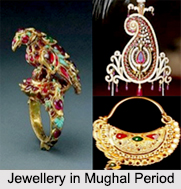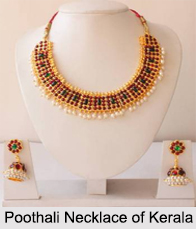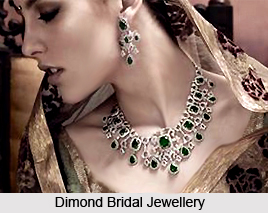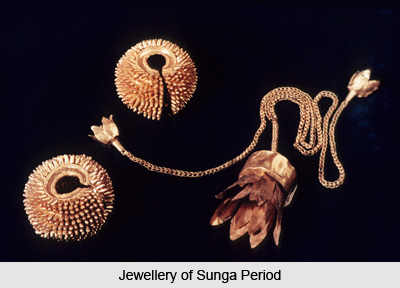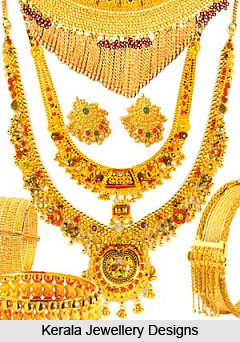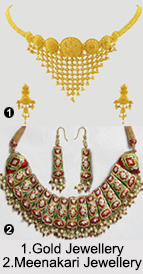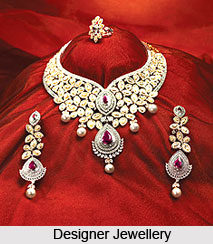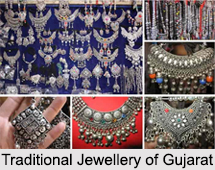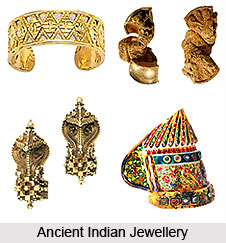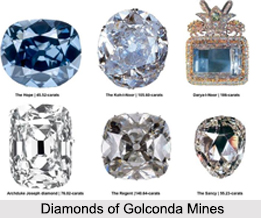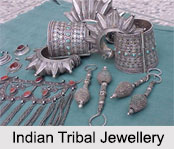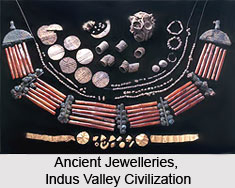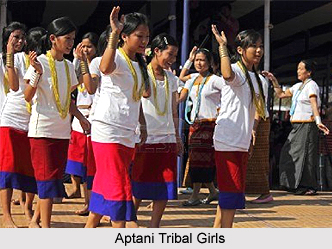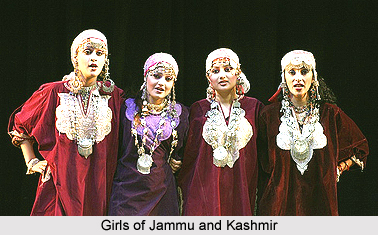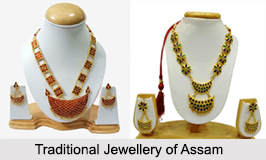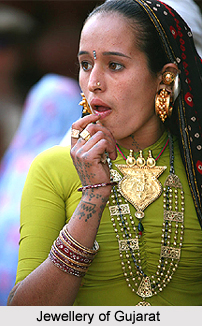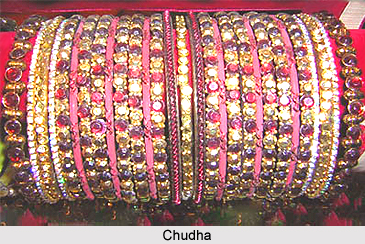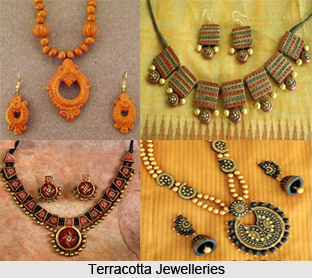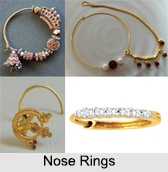 Nose Rings are seen as priceless jewellery throughout every culture of the world. It is an essential part of an Indian woman"s daily life adornment that is usually worn in almost all the regions of India. In some part of the sub-continent, the nose rings are traditionally indispensable. Hence during and after marriages, these small pieces of jewelleries are essentially worn. Nose rings in India are available in both gold and silver. With passing time, however, new metals have evolved, such as, white gold and others. With the advent of the fashion jewelleries, women have a wide variety of designs to choose from.
Nose Rings are seen as priceless jewellery throughout every culture of the world. It is an essential part of an Indian woman"s daily life adornment that is usually worn in almost all the regions of India. In some part of the sub-continent, the nose rings are traditionally indispensable. Hence during and after marriages, these small pieces of jewelleries are essentially worn. Nose rings in India are available in both gold and silver. With passing time, however, new metals have evolved, such as, white gold and others. With the advent of the fashion jewelleries, women have a wide variety of designs to choose from.
History of Nose Rings
While nose ring may seem like a fashion statement, in India it is an age old tradition that heads back centuries and has significance even today. With regards to the history of nose rings in India, it has a variety of opinion. Some opine that the nose rings originated in the Middle East and with the coming of the invaders, the tradition of wearing these pretty pieces was introduced in India. However, others differ strongly and believe that this Indian jewellery has its roots in the ancient times.
Significance of Wearing Nose Ring
Indian cultures give special meaning to the jewellery. In many Indian weddings, the nose ring is a must for the brides. The reference to the nose studs are found in certain Hindu texts that define these as indispensable for married women. According to Hindu religion, nose rings are to be worn by married women in order to rectify the breath to prevent the health of their husbands. It is said that the breath passed by Hindu married women without any assistance of nose stud is harmful to the husbands. In other religion, a nose ring is a common clue to whether a woman is married or not. In the contemporary times, however, nose rings are worn both by Hindu and Muslim women. Many widows remove their nose rings to indicate that they are no longer married.
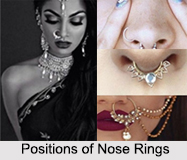 Positions of Nose Rings
Positions of Nose Rings
The nose rings that are worn in the nostril are called the stud rings; they are very easy to use. If the nose rings are to be worn in septum, a circular barbell is worn and in case the ring is to be worn at the bridge of the nose between the eyes, the nose is decked by a straight barbell. On some occasions, the septum rings are so large that a portion of the mouth is covered. As they cover the mouth, the nose ring comes in the way while eating. The nostril ring also draws in the attention. They are sometimes to a great extent decorated with pearls and precious or semiprecious stones. Due to this heavy ornamentation, the nostril rings are to be supported by fine chains which are attached to the hair.
Types of Nose Rings in India
In diverse states of India, this ornament is named and made differently. The "Mukhuttis" of Tamil Nadu and Karnataka have ornate, traditional lotus and swan designs and are mostly studded with diamonds. Rajasthani women wear the "Nathuri", a small gold or silver ring with precious stones and the "Bhauriya" which has a slightly different design. The conventional clove-shaped nose stud is called the "Laung", while the small pendant suspended between the nostrils is the "Latkan", because of its pendulous character.
 In Uttar Pradesh, the "Nath" is adorned with two pearls and a pendulous bead. The Punjabis have a gold ring strung with many motifs known as the "Shikarpuri Nath". In Bihar, the nose stud is the "Chhuchhi" or the laung. In Maharashtra it is the "Guchhedar Nath", which is known for its radiant beauty with pearl decorations. "Pullakku" nose ring in South India is the pendant suspended from the partition of the nostrils. Bigger nose rings are used in provinces, such as, Rajasthan, Uttar Pradesh, Himachal Pradesh, Gujarat and Punjab
In Uttar Pradesh, the "Nath" is adorned with two pearls and a pendulous bead. The Punjabis have a gold ring strung with many motifs known as the "Shikarpuri Nath". In Bihar, the nose stud is the "Chhuchhi" or the laung. In Maharashtra it is the "Guchhedar Nath", which is known for its radiant beauty with pearl decorations. "Pullakku" nose ring in South India is the pendant suspended from the partition of the nostrils. Bigger nose rings are used in provinces, such as, Rajasthan, Uttar Pradesh, Himachal Pradesh, Gujarat and Punjab
In modern India, however, the nose rings have evolved as a style statement. So, both married and unmarried women are in favour of using nose rings in India. Nose rings are a tradition associated with beauty, health and wealth.
